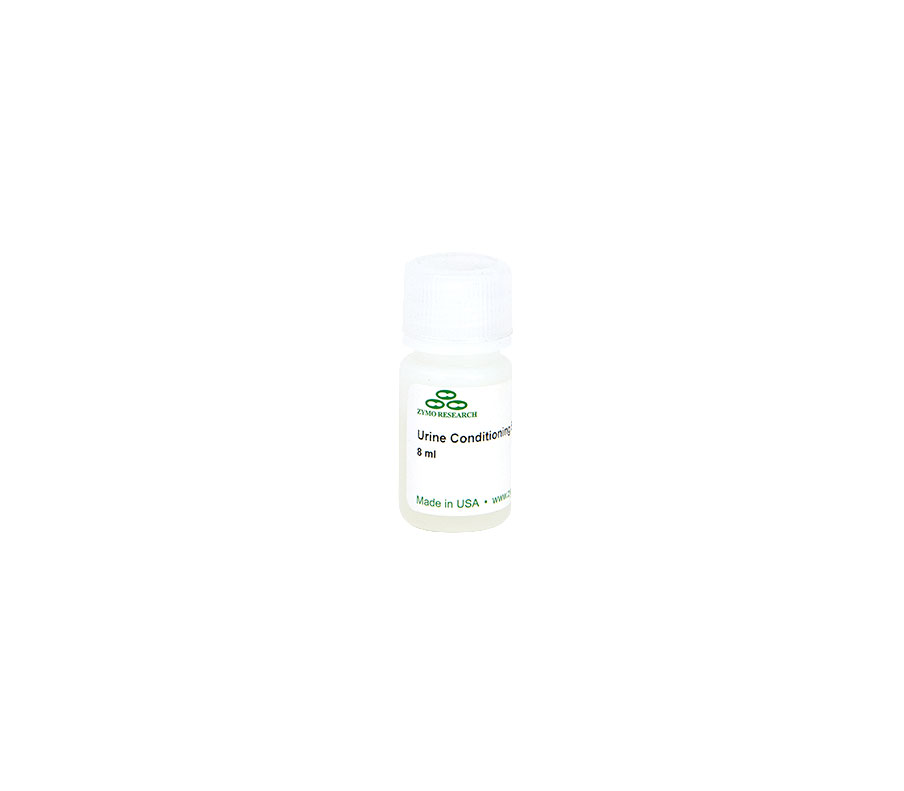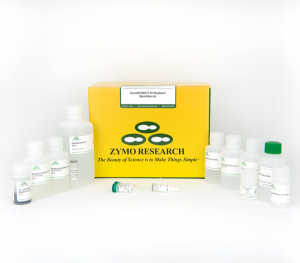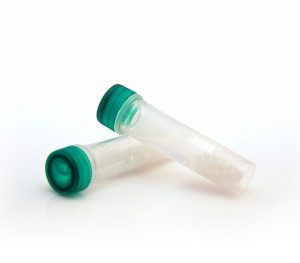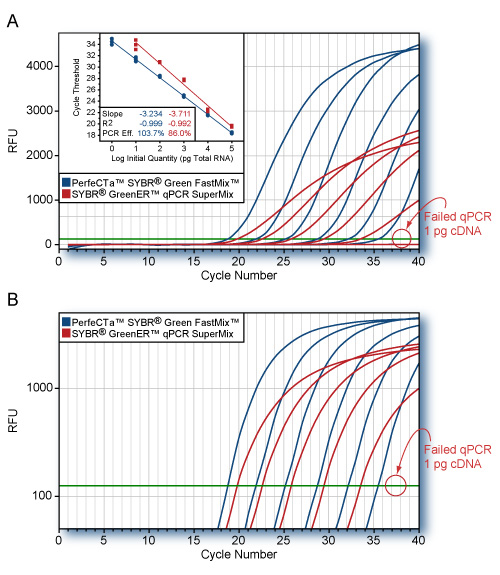Urine Conditioning Buffer
| Cat# | Name | Size |
|---|---|---|
| D3061-1-8FS | Urine Conditioning Buffer Sample | Sample |
| D3061-1-8 | Urine Conditioning Buffer | 8 ml |
| D3061-1-140 | Urine Conditioning Buffer | 140 ml |
Documents
Description
Highlights
- Effectively preserves DNA and RNA in urine at ambient temperatures
- Facilitates pelleting of both cellular and cell-free nucleic acids from large volume urine samples
- Inhibits microbial growth during long-term (cold-free) storage of urine samples
Description
Urine Conditioning Buffer (UCB) is a urine DNA and RNA stabilizer enabling ambient temperature storage and transport. UCB can be added to any urine collection device and there is no need for refrigeration or specialized equipment. In addition to being a urine DNA and RNA stabilizer, UCB preserves the urine microbiome profile at the time of collection by inhibiting microbial growth and preserving nucleic acid integrity. Nucleic acid from urine samples stored in this DNA and RNA transport and storage medium can be can be isolated directly without reagent removal (compatible with most DNA and RNA purification kits).
Applicable For
Collection, transportation, and storage of urine samples
Reagent Storage
Room Temperature
Sample Source
Urine
Sample Stability
25 ° C (ambient) for up to 30 days, -80 ° C indefinitely
Q1: How long can urine samples be stored after addition of UCB?
Urine samples will be stabilized for a minimum of 30 days at ambient temperature.
Q2: Does UCB preserve nucleic acids like DNA/RNA Shield?
Yes, UCB will preserve DNA and RNA integrity.
Q3: How do I purify DNA/RNA from urine samples stabilized with UCB?
Mix urine thoroughly and centrifuge at 3000 x g for 15 minutes to form a urine pellet. Purify urine nucleic acid directly from urine pellet using Quick-DNA Urine kit(D3061) or Quick-RNA Miniprep Plus kit (R1057, R1058).
A robust and sensitive assay was developed to screen for the 18S rRNA gene of Plasmodium falciparum and Plasmodium vivax from asymptomatic and low density infections. The new RT-PCR based method could detect malaria infections that were significantly lower than the standard microscopy and rapid detection method. DNA/RNA Shield was used to preserve patient’s blood samples in the field for 14 days at 28°C and 80% humidity.
An RNA-based detection method was developed to detect low asymptomatic malaria infections in rural areas of Haiti. Three different detection methods were utilized–rapid diagnostic test, thick smear microscopy and a qRT-PCR assay were evaluated. The blood samples used for qRT-PCR were preserved in DNA/RNA Shield to maintain the sample integrity until RNA isolation. The qRT-PCR method was the most sensitive and identified significantly more samples.
During a survey of Middle East respiratory syndrome coronavirus (MERS-CoV), nasal swabs from dromedary camels were collected into DNA/RNA Shield . Any MERS-positive swab samples were completely inactivated in DNA/RNA Shield and were subsequently used for RNA extraction. Successful detection of MERS-CoV and phylogenetic analysis suggests local zoonotic transmission through the respiratory route onto humans.
- Catalog#: D3061-1-8FS / D3061-1-8 /D3061-1-140
- Package Length (in Inches): 0/ 1 /2
- Package Width (in Inches): 0 / 1 /4
- Package Height (in Inches): 0 / 2.4 /4
- Package Weight (in Pounds): 0.1 / 0.1 /0.5
- Size: Sample / 8 ml /140 ml
- Unit Standard: Metric
- Item Volume: Sample/ 8 ml / 140 ml
- Volume Units: Milliliters









